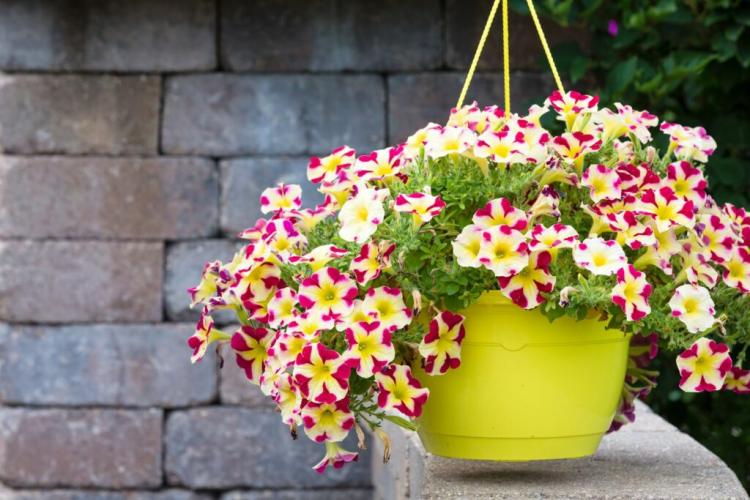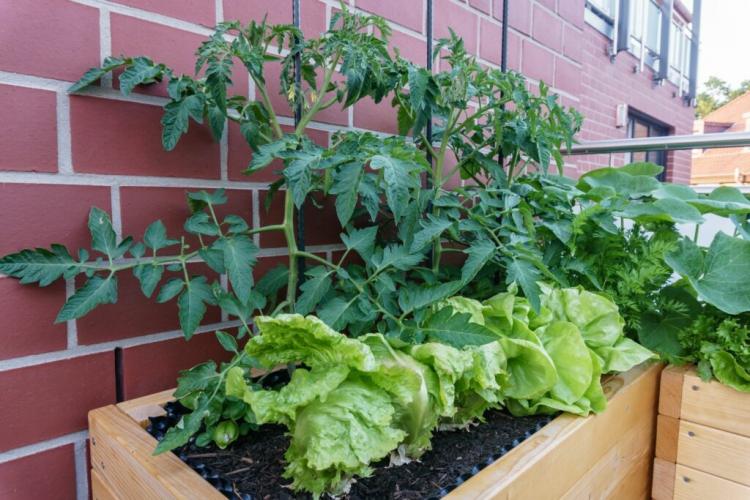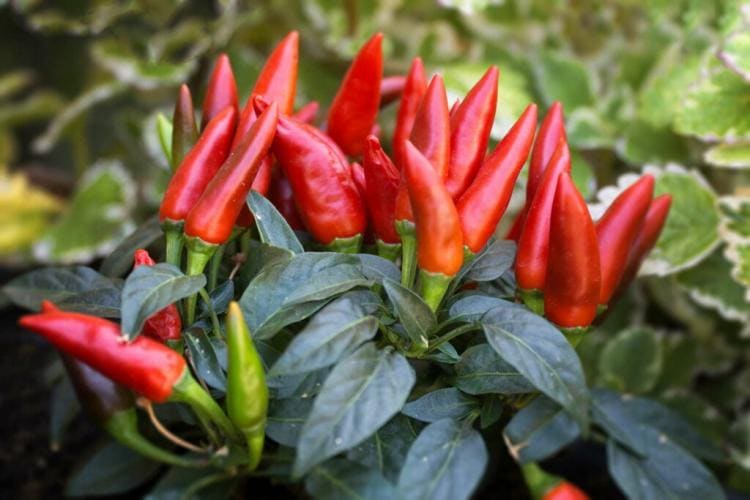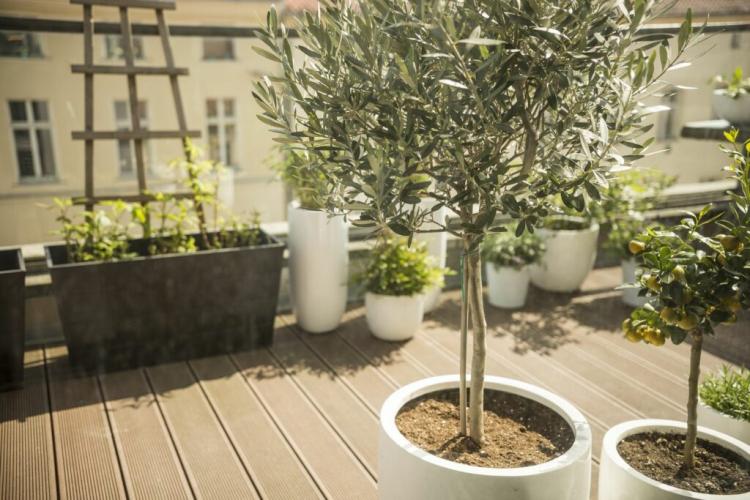Caring For Petunias: Expert Tips
With the right care, petunias will delight you with their strong flowering power. We show what to consider when caring for and hibernating petunias.
Petunias ( Petunia ) are among the most popular bedding and balcony plants. This popularity is due not only to the enormous variety of different varieties in terms of flower color and shape. The flower is also easy to care for and can be very disease and pest-resistant. In this article, we have put together a few valuable tips for caring for and properly hibernating your petunia so that you can enjoy the colorful flowers every year from the beginning of June until the first frost.
Petunia care
Table of Contents
Petunias are undemanding fellows. But even with these natural beauties, the right care decides whether the plants emerge to optical top performances.
Watering petunias
Not only do petunias need lots of sunshine, but they also need lots of water to thrive. In particular, due to the special demands on the properties of the irrigation water, there are a few things to consider when watering petunias: The plants are generally quite tolerant of short-term drought. They should always be poured from below so that the leaves do not stick together due to the glandular hairs on them. If the tap water is too hard, it helps to boil it for a few minutes before watering. The minerals that make the water hard are precipitated. However, the water must have cooled down to room temperature before watering.
Note: The availability of iron is best for plants in acidic soils with a soil pH of 4.5. The availability decreases as the pH value increases. Hard water increases the value in the root space of the petunias due to the minerals it contains, which is why you should rather water with soft water. If necessary, a liquid iron fertilizer can be used.
How are petunias properly watered?
- Water a lot, but avoid waterlogging
- Pour from below
- Use soft tap or rainwater

The plants also need a lot of water in pots
Fertilize petunias
To grow vigorously and produce lots of flowers, petunias need to absorb plenty of nutrients from the soil. With needs-based fertilization, you can support your darlings in their development and enjoy lush flowers over the course of the year. To ensure perfect starting conditions, it is best to add rich compost or potting soil to the planting hole when you are planting. In addition, it makes sense to incorporate a fertilizer with an organic long-term effect. This ensures an optimal start at the new location and supplies the plant with all the important nutrients.
You might so like:
- Hibernating Begonias: This Is How The Flowers Survive The Winter
- Yellow Leaves On Petunias: Recognizing, Preventing, And Controlling Chlorosis
- Spiced Fennel: Cultivation, Care And Wintering Of Foeniculum Vulgare
Cut petunias
Withdrawn inflorescences should be cleaned regularly to avoid mold formation. In addition, removing them will prolong the flowering phase, as this prevents the formation of seed pods. Your petunias can then use the saved energy to produce new flowers and shoots. If you want to overwinter your petunias, before and after overwintering, cut back the shoots radically to about six inches.
Hibernate petunias: what to watch out for
Most of the petunias available in stores are annual. They bloom in the most beautiful colors from June until the first frost, but after a year in the spotlight, they usually disappear into the depths of the garbage can. However, if you don’t feel like dying your most beautiful specimens, or if you would rather invest your money in something different than new petunias for the next year, you can bring your plants through the winter with little effort. Incidentally, this works particularly well with the petunias of the ‘Sufinia’ series.
You Might Also Like Pansies vs Petunias
Prepare petunias for winter
However, without a lot of effort does not mean completely without effort. So that your petunias can be successfully overwintered, you should move them to suitable winter quarters before the first frost (September / October). In addition, you should shorten all unwooded shoots to a length of about 15 centimeters.
Maintain petunias during the winter
There are also some aspects to consider when caring for petunias during the dormant phase in winter. It is best to overwinter your petunias in a bright, cool room at around 5 to 10 ° C. The optimal location should also be protected from drafts and dry heating air. You only need to water a little during hibernation. However, the petunias should not dry out completely either. Fertilization is not necessary over the winter, but you should regularly check the plants for infestation with pests – such as aphids (Aphidoidea ) – so that you can react quickly if necessary.

Petunias after winter
After an enjoyable hibernation, the petunias cannot go outside immediately. Cut back the new shoots again in spring to encourage new growth and better branching of the shoots. From February / March you can then start to acclimate the plant and water it more intensely. At night and on cool days, it is better to put your petunias back on the warm windowsill. In addition, now is the best time to repot. To do this, remove the old substrate generously from the roots and place the plant in lukewarm water for about 15 minutes. Then choose a sufficiently large planter and fill it with fresh, nutrient-rich substrate before you plant your petunia again. When there is no longer any risk of frost, you can plant your petunia outside again from mid-May.
Tip: If you want to enjoy lots of new petunias or simply don’t have space to overwinter the plants, collect the seeds of the sun-hungry flowers in autumn. We have compiled for you how petunias propagate via seeds.






